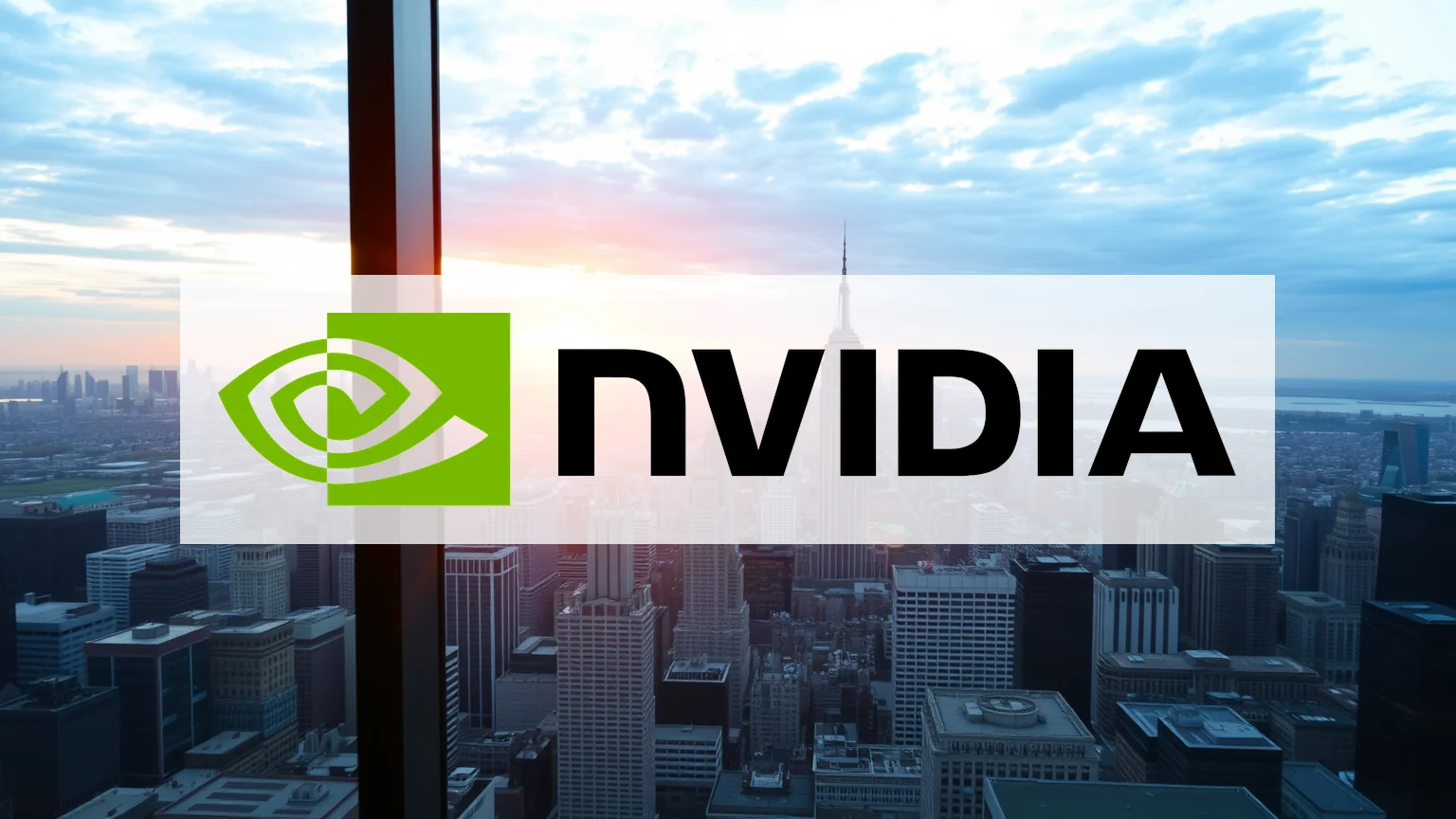Nvidia once again delivered financial results that would be the envy of any competitor, yet investor reaction proved unexpectedly cautious. The AI chipmaker reported second-quarter revenue of $46.7 billion with earnings per share of $1.05, surpassing analyst expectations on both metrics. Instead of celebrating these achievements, however, market participants sent the company’s shares downward in a seemingly paradoxical response.
The Valuation Challenge
Even after recent price declines, Nvidia maintains a price-to-earnings ratio of approximately 55, positioning it far from bargain territory. With a market capitalization exceeding $4 trillion, the company stands as the world’s most valuable publicly traded corporation—a status that comes with equally elevated expectations.
Major technology firms including Microsoft, Google, and Amazon have collectively planned over $320 billion in artificial intelligence and data center investments for 2025. While this substantial capital expenditure should continue to drive Nvidia’s business forward, investors are increasingly questioning how long the current breakneck pace can realistically continue.
Growth That Didn’t Quite Satisfy
The company’s data center division, representing Nvidia’s core profit center, generated $41.1 billion in revenue—a remarkable 56 percent increase compared to the previous year. The new Blackwell architecture demonstrated strong early momentum with sequential growth of 17 percent, indicating the next generation of AI chips is already gaining traction.
Herein lay the fundamental issue: despite these impressive figures, the $41.1 billion in data center revenue fell slightly below the projections of some market analysts. In a market that now demands perfection from Nvidia, exceptional performance apparently no longer suffices.
Should investors sell immediately? Or is it worth buying Nvidia?
CEO Jensen Huang maintained an optimistic outlook, stating, “Blackwell is the AI platform the world has been waiting for.” Production is reportedly running at maximum capacity, though investors appear to be looking for more than promises at this stage.
China Concerns Weigh on Outlook
Nvidia’s cautious stance regarding China significantly influenced market sentiment. For the current quarter, the company projected revenue of approximately $54 billion—above consensus estimates but deliberately excluding potential sales of H20 chips to Chinese customers.
This conservative approach stems from ongoing uncertainty surrounding U.S.-China trade policy. Although reports suggest the Trump administration might negotiate agreements allowing chip sales in exchange for 15 percent revenue sharing, Nvidia appears to be prioritizing cautious forecasting over potential future disappointment.
In an interesting development, the company disclosed it had already secured $650 million in H20 sales to a customer outside China and benefited from a $180 million inventory clearance transaction.
The disconnect between Nvidia’s extraordinary financial performance and its stock price movement highlights the immense pressure on companies operating at the forefront of technological innovation, where meeting expectations is sometimes not enough to satisfy an increasingly demanding market.
Ad
Nvidia Stock: Buy or Sell?! New Nvidia Analysis from December 3 delivers the answer:
The latest Nvidia figures speak for themselves: Urgent action needed for Nvidia investors. Is it worth buying or should you sell? Find out what to do now in the current free analysis from December 3.
Nvidia: Buy or sell? Read more here...










